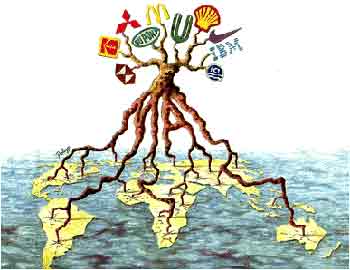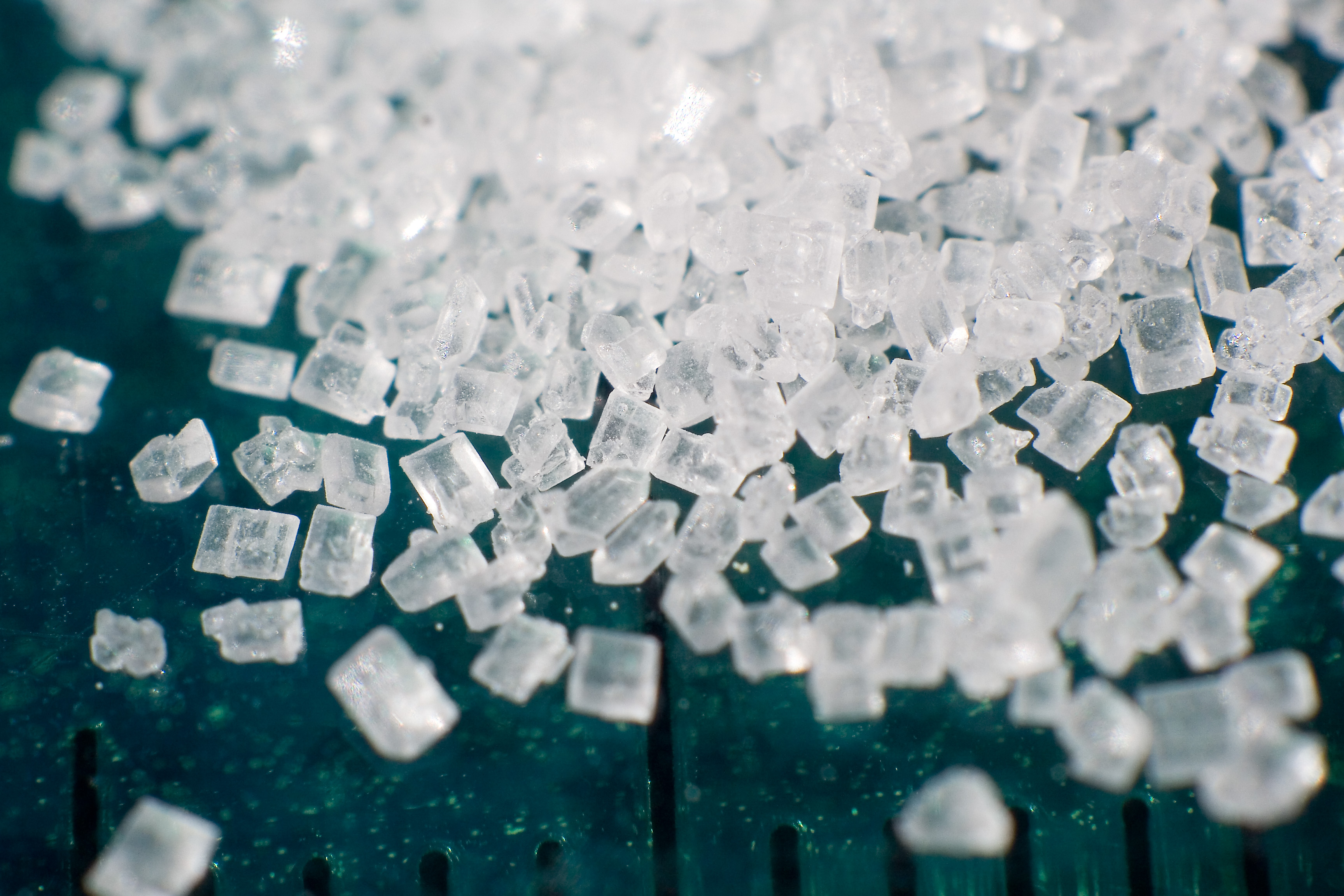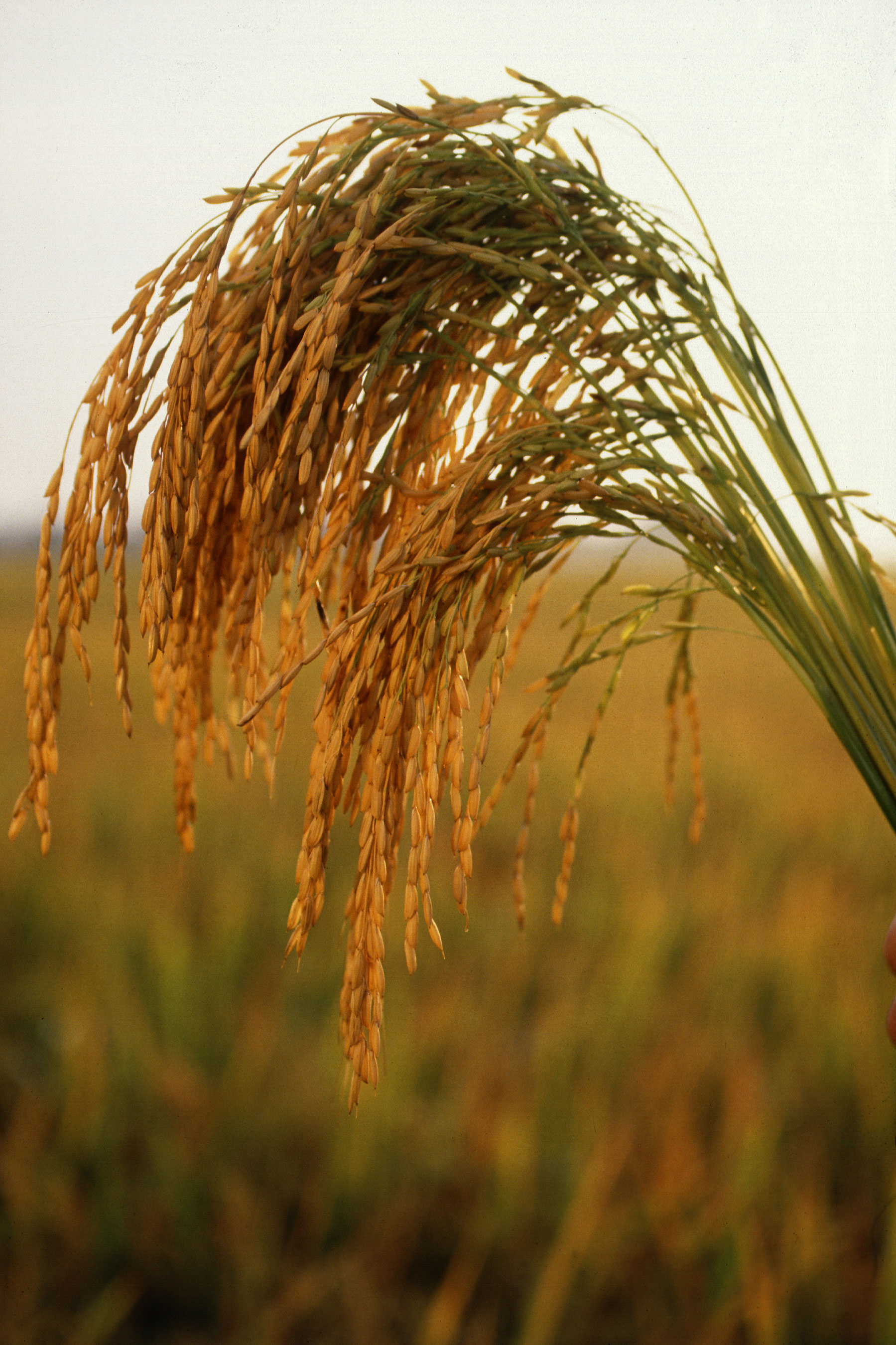Continued from Production (Part 1)..
Lean Production
It is simply a set of techniques used by businesses to cut down any waste in operations.
Its aim is to reduce the quantity of resources used in production. At the same time, it is to improve the efficiency of the organisation.
Lean production includes eliminating waste, resulting in using less labour, materials, space and time. This reduces cost as well.
An example of a company which uses lean production is Aldi.
Aldi's shopping trolleys have a
£1 deposit system.
This ensures that customers return them after use, resulting in fewer trolleys going missing and needing replacing.
Aldi also doesn't need to employ workers to collect the trolleys, because customers will need to return them to the front of the store by themselves.
All of these little actions help Aldi to reduce costs.
One of the lean production techniques is called JIT (Just In Time).
The finished goods are produced just in time for them to be sold, rather than storing them. The different parts of the product also arrive just in time for them to be put together, rather than being stored in a warehouse.
This means there is no need to find storage space for raw materials or finished goods, which helps to reduce costs like rent, wages, etc.
The JIT technique helps to prevent outdated or expired stocks, and it also avoids the buildup of unsold finished goods in case there's a change in demand.
However, disadvantages of the JIT technique include the little room for mistakes, as there is minimal stock kept for replacing faulty products.
The production is very reliant on the suppliers, if the suppliers don't deliver the stock on time, the entire production can be delayed.
Other than that, there is also no spare finished goods kept for unexpected orders, because all goods are produced to meet actual orders.
An example of a successful JIT production is Toyota.
Toyota's production strategy is to only make "what is needed, when it is needed, and in the amount needed".
They highlight the fact that raw materials are not brought to the production floor unless an order is received and the product is ready to be built.
This has allowed Toyota to keep minimum stock, which means lower costs. It also allows Toyota to quickly adapt to changes in demand, because they don't need to dispose the unnecessary stock.
Cell Production
Cell production has a flow production line split into a few "cells". Each "cell" is responsible for a part of the finished good.
Rather than each worker carrying out only one task, team members are skilled at several roles, so they can do a job rotation every now and then.
Cell production is a means of team working, it helps to make sure workers are committed to their job.
An example of cell production is the leading manufacturer of electronic equipments in Japan, called Nihon Kohden.
They practice cell production in the company by having their entire production broken down into smaller cells, which includes incoming inspection, PCB mounting, assembling and final inspection.
Kaizen
In Japanese, Kaizen means "improvement". Kaizen activities in the workplace continuously improve all aspects of a business, from manufacturing to management, from the CEO to the factory workers.
The aim for Kaizen is to eliminate waste.
There are three key principles to Kaizen, which are:
- Considering the process and results so that actions to achieve goals are done.
- Systemic thinking of the big picture, not just the narrow view to avoid creating additional problems.
- A learning, non-judgemental, non-blaming approach.
An example of Kaizen will be Canon.
In 1975, the concept of Kaizen was implemented in the company. Their aim was to excel in international competition and expand its operation globally in 6 years.
Techniques such as Canon production system, quality assurance, production assurance and personnel training were introduced in the company.
Eventually, Canon successfully achieved a 3% productivity increase every month.
And.. that's the end of "Production"!
Preview for next blog post: Economies of Scale.
Be excited for it! :)
Bibliography:
BSC Designer –
Balanced Scorecard Software. Examples of Real-life Usage of Kaizen. 13
January 2013
<http://www.bscdesigner.com/examples-of-real-life-usage-of-kaizen.htm>.
The Times 100 Business Case Studies. Competitive Advantage
through Efficiency - An Aldi Case Study. 13 January 2013
<http://businesscasestudies.co.uk/aldi/competitive-advantage-through-efficiency/reducing-costs-and-eliminating-waste.html#axzz2Hlk8CCUi>.
tutor2u. Cell Production. 13 January 2013
<http://www.tutor2u.net/business/production/cell-production.html>.
tutor2u. Just In Time Production (JIT). 12 January 2013
<http://www.tutor2u.net/business/production/just-in-time.html>.
Wilson, Jack. Real-Life Examples of Successful JIT
Systems. 18 May 2010. 13 January 2013
<http://www.brighthubpm.com/methods-strategies/71540-real-life-examples-of-successful-jit-systems/>.


















































